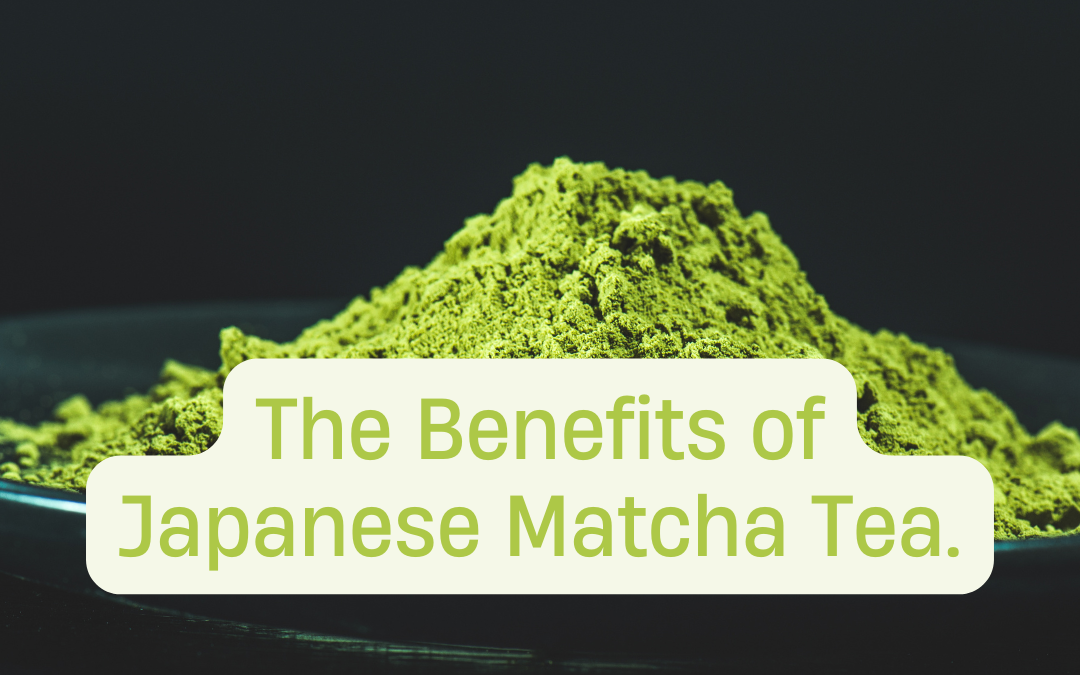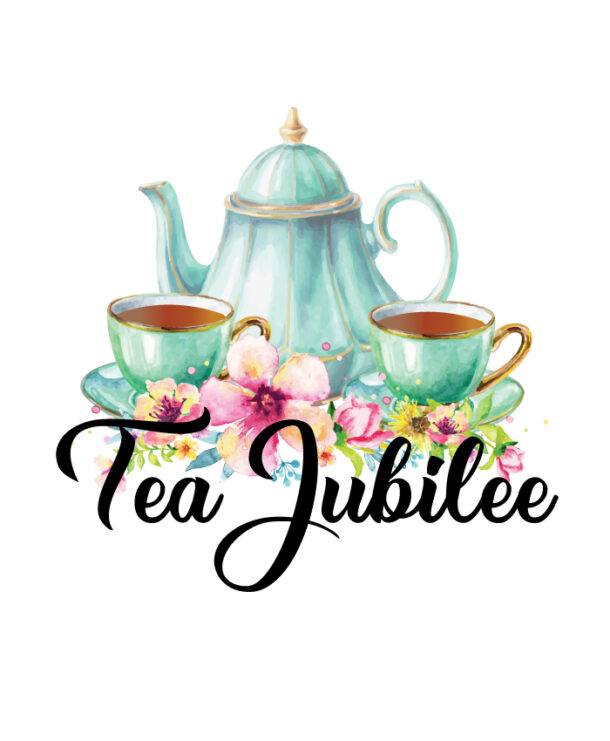==================
A Caveat and Affiliates
First off, a little caveat: within my articles you will find affiliate links, meaning if you buy them, I get a small commission. Your cost is not affected. In addition, I am an Amazon Associate and I earn from qualifying purchases on Amazon.
And yes, if I say that I recommend a product here, it means I truly believe it is a good product. I refuse to recommend any product that I have not researched and believe to be a good value.
Even better, I provide you with a very clear picture of the product, it’s use, and the probable value.
Earning your trust is important to me. I run this website myself and the commissions and donations help support the site.
Sound reasonable and fair enough? Let’s continue to the article.
==================
Contents
The Benefits of Japanese Matcha Tea
Hello, and welcome back to Tea Jubilee. I hope you’re having a great day, Today is all about The Benefits Of Japanese Matcha Tea and i have written up this post that will be followed by other posts about mtcha tea so stay tuned for that. Ready to read more about The benefits Of Japanese Matcha Tea?
I will take you from these ancient rituals to the contemporary kitchen, but first, it’s crucial to understand where matcha comes from. In Japan, the art of matcha begins with its cultivation – a process refined over generations to produce the vibrant green powder we know today.
So, let’s start at the very beginning. The origin of matcha can be traced back to the Tang Dynasty in China, but the Japanese monks embraced it for its meditative qualities during the 12th century. They brought back the method of milling tea leaves into a fine powder, planting the seed for Japan’s matcha culture.
Matcha isn’t just a drink; it has been a staple in the revered Japanese tea ceremony for centuries. The Way of Tea ceremony is a choreographed art of preparing and presenting matcha. It’s not just about sipping tea – it is a spiritual practice that embodies harmony, respect, purity, and tranquility.
Over time, matcha has woven itself into the fabric of Japanese life. Every aspect has been honed and perfected, from the meticulous cultivation methods to the thoughtful preparation.
It is claimed that the Samurai, Japan’s ancient warriors, sipped on matcha to maintain their alertness on the battlefield. At the same time, Buddhist monks cherished it for the sustained energy it provided during long hours of meditation.

Matcha’s Path to the Cup: The Art of Cultivation
So, you’re likely wondering how this vibrant green powder is made. Matcha isn’t just grown; it’s crafted with precision and care, which all begins with the utmost attention to its cultivation.
In Japan, Uji, Aichi, Kagoshima, and Shizuoka prefectures are renowned for their matcha production. Each region brings its unique flavor profile to the tea thanks to the local terroir – a French term that refers to how a region’s climate, soils, and aspect (terrain) affect the product’s taste.
Matcha cultivation is like a well-orchestrated dance between nature and nurture. The tea plants are shaded about 20-30 days before harvest to block out most sunlight. This process boosts chlorophyll levels, giving matcha its signature emerald hue and enhancing its umami flavor – a savory taste deeply entrenched in the Japanese palate.
The leaves are then handpicked with exceptional care, which ensures that only the best and youngest leaves are cut. This selective process has been honed over generations and is a testament to the grower’s expertise and dedication.
After harvesting, the leaves undergo steaming to stop fermentation, preserving matcha’s distinct fresh flavor and green color. They’re dried and then de-veined and de-stemmed. What remains are the purest parts of the leaf, known as ‘tencha.’
The final step is the slow and precise grinding of tencha leaves into a fine powder using stone mills. This age-old process is done carefully to avoid overheating, which can affect the subtle flavors of the matcha.
Now that you’ve learned how matcha makes its way from the field to your cup with such crafted intricacy, you’ll find out why this process is not just an art but also a boon for your health in the next section.

Healthy Indulgence: The Nutritional Essence of Matcha
If you’re venturing into the rich world of matcha, it’s not just the lush green color or the creamy texture that will capture your attention; it’s the powerhouse of health benefits packed inside every sip. Matcha has been hailed for centuries not only for its distinctive taste but also for its impressive nutritional profile.
Matcha is a concentrated form of green tea, surpassing its counterparts in delivering health perks. The fact that you’re consuming the entire leaf in powdered form means you’re getting a more potent dose of the goodies that green tea is revered for – from antioxidants to amino acids.
Let’s talk antioxidants, shall we? Matcha is rich in catechins, an antioxidant that helps fight against cell damage and offers many other health benefits. One star player is epigallocatechin gallate (EGCG), known for its cancer-fighting properties.
People often reach for matcha to help boost their metabolism and enhance brain function, thanks to its combined content of EGCG and a gentle amount of caffeine. It’s not just a warm cup of comfort; it’s like a health shield in a bowl.
But it doesn’t stop there. Matcha also contains a unique amino acid called L-theanine, which promotes relaxation without drowsiness. That’s why matcha’s energizing buzz is unlike coffee’s; it’s smoother and more balanced. The synergistic effects of caffeine and L-theanine can improve focus and clarity, making matcha an ideal choice for those seeking a calm yet alert state.

Even with these benefits, moderation is key. While matcha is a super-beverage, consuming it as part of a balanced diet is crucial. This way, you can maximize its potential without getting too much caffeine or other compounds that are best in moderation.
Now, while the health benefits of matcha are clear, let’s not forget the traditional spirit and practices accompanying its consumption. Diving into the ceremonial aspects, you’ll discover an experience transcending the mere nutritional intake, offering a holistic engagement with this ancient elixir.
Unveiling the Ceremonial Grandeur
In the heart of Japanese culture beats a refined practice preserved for centuries: the tea ceremony, Chadō or the Way of Tea. This isn’t just about sipping on a hot beverage; it’s about celebrating grace, etiquette, and the artful preparation that goes into each cup of matcha.
The tea ceremony, which highlights matcha as its central element, is steeped in a spiritual backbone derived from Zen Buddhism. The practice is less a mere social event and more a transformative experience, emphasizing harmony (wa), respect (kei), purity (sei), and tranquility (jaku). Every gesture and action is deliberate and mindful, from cleansing utensils to precisely whisking matcha.
The matcha is at the ceremony’s core, prepared with a traditional bamboo whisk called a chase. The process begins with selecting the finest powdered tea and ends with the artistic presentation of a froth-topped, vibrant-green elixir.
Each step, from the warming of the bowl to the final turn before serving, has symbolic and aesthetic importance, mirroring the meticulous nature of the Japanese ethos in craft and daily life.
Interestingly, the ceremony reflects the changing of seasons and is a nod to the interconnectedness of nature and humanity. Special seasonal tea gatherings, with elaborate kaiseki meals and poetic names like ‘First Tea of the New Year,’ garner great importance. This attachment to the natural world gently segues into how modern trends influence matcha’s enduring legacy.
From Traditional to Trendy: Matcha’s Global Rise

You’ll discover how a traditional Japanese beverage transformed into a modern global sensation. Matcha isn’t just a drink; it has become a cultural phenomenon. From the heart of Japan, this vibrant green tea powder has found its way into coffee shops, health stores, and even cosmetics worldwide.
In my opinion, the global appeal of matcha comes from its versatility. It’s prized for traditional tea ceremonies and its use in lattes, smoothies, and a myriad of desserts. The flavor balances sweetness, bitterness, and umami, making it adaptable to a vast range of palates and cuisines.
The rise of health-conscious consumers has fueled matcha’s popularity. The market claims its capacity to boost metabolism, detoxify, and pump the body with antioxidants. These sought-after benefits are part of why people everywhere are reaching for matcha.
But this isn’t just a tale of a health trend. A lot is happening quickly in the culinary world, with chefs and baristas getting creative with matcha. From infusing it into pasta and bread to creating stunning, Instagram-worthy matcha-infused cocktails, innovation is at full throttle.
The global matcha market has been growing exponentially, and with it, there’s a growing responsibility to preserve the integrity and traditions associated with this revered tea. The conversation around matcha is evolving, intertwining enjoyment with conscientious consumption.

Safeguarding the Tradition: Ensuring Sustainable Matcha Practices
Don’t worry too much about matcha disappearing from our lives—it’s become a global passion. But with this popularity comes a responsibility: to protect the tradition and the environment that nurtures it. In this final section, you will learn about Matcha’s hurdles and the steps to overcome them.
The delicate balance required to produce the finest matcha is under threat—climate change looms large, potentially disrupting the intricate harmony of nature that matcha depends on. Additionally, the surge in demand can pressure farmers to cut corners, which might lead to a decline in quality and sustainability.
Choose something that resonates with you: ethical consumption. By opting for brands that prioritize sustainable farming and fair trade practices, you contribute to the well-being of the environment and the farmers’ livelihoods.
It’s not just about tea; it’s also about community and longevity. This is the strategy I like to leverage—supporting small-scale farmers and initiatives aimed at preserving the land. Such endeavors ensure that the rich tradition of Japanese Matcha tea remains unspoiled for generations to come.
I hope that you’ve grasped the essence of why safeguarding matcha is pivotal. After all, it’s more than a drink—it’s a time-honored tradition connecting us to a culture, a history, and a future. Your choices can help maintain its legacy. Let’s cherish and protect the green gold that is matcha.
More From Tea Jubilee.
The Perfect Gifts for Matcha Lovers
Delicious Matcha Green Tea Cookies
Matcha Tea vs. Green Tea (info video)
And that’s all for today. Thank you for learning and understanding The Benefits of Japanese Matcha Tea. Feel free to leave us a comment below if you have any. Questions about Matcha i am always here for them and shoot me a question on my Socials as well.
Have a great day!




